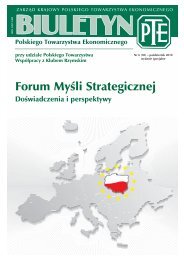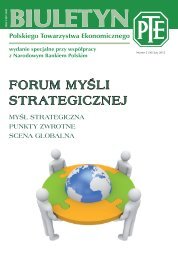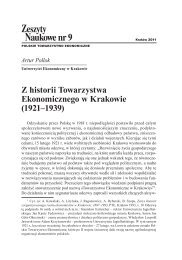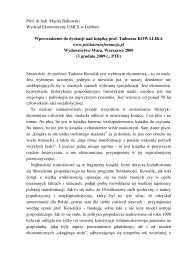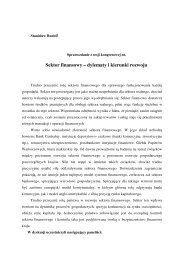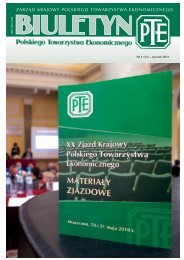NESTA PROJECT: FINE ARTSITS AND INNOVATION
NESTA PROJECT: FINE ARTSITS AND INNOVATION
NESTA PROJECT: FINE ARTSITS AND INNOVATION
You also want an ePaper? Increase the reach of your titles
YUMPU automatically turns print PDFs into web optimized ePapers that Google loves.
etween creativity (the generation of new ideas) and<br />
innovation (the successful exploitation of those ideas).<br />
In similar vein, Potts (2007) argues that economic growth<br />
comes from the origination, adoption and retention of novel<br />
ideas, with the arts plainly having a role in all three stages.<br />
However, in describing that role, he focuses on the role of<br />
creativity and on creative services such as design and<br />
advertising, rather than on the arts.<br />
Potts argues that the creative industries form part of a<br />
broader ‘creative system’ – an adapted version of what is<br />
sometimes called an ‘innovation system’ (Freeman, 1995).<br />
Potts’s creative system is concerned with the adoption of<br />
social as well as physical technologies (how people use the<br />
Internet, rather than just the Internet itself). He is concerned<br />
with how innovations are adopted and retained in the<br />
economy, as well as how they are generated.<br />
For Potts, creative services such as advertising or marketing<br />
are thus very important. For Cox it is design, to make<br />
products and services more usable. But neither argument<br />
gets us any closer to the role of the arts – particularly the fine<br />
arts – in innovation.<br />
We have seen that researchers have argued that culture<br />
provides raw material for other sectors to be creative<br />
(Venturelli, 2000 and KEA, 2006). But while it seems entirely<br />
plausible that the arts are a source of ideas, stories and<br />
images that are reproduced in other parts of the economy,<br />
the mechanisms by which this happens remain elusive.<br />
The focus of this study on the absorption and use of<br />
‘artistically trained labour’, allows us to begin to think about<br />
the mechanisms by which the fine arts, as embodied in the<br />
work and skills of artists, link to creativity and innovation.<br />
There are at least three ways why artistic labour seems<br />
important to the process of innovation. These are discussed<br />
below.<br />
26




